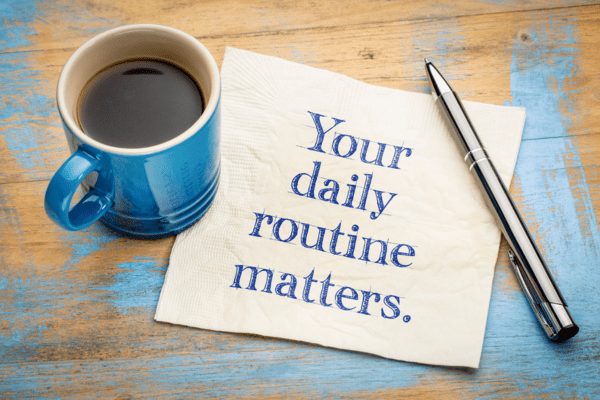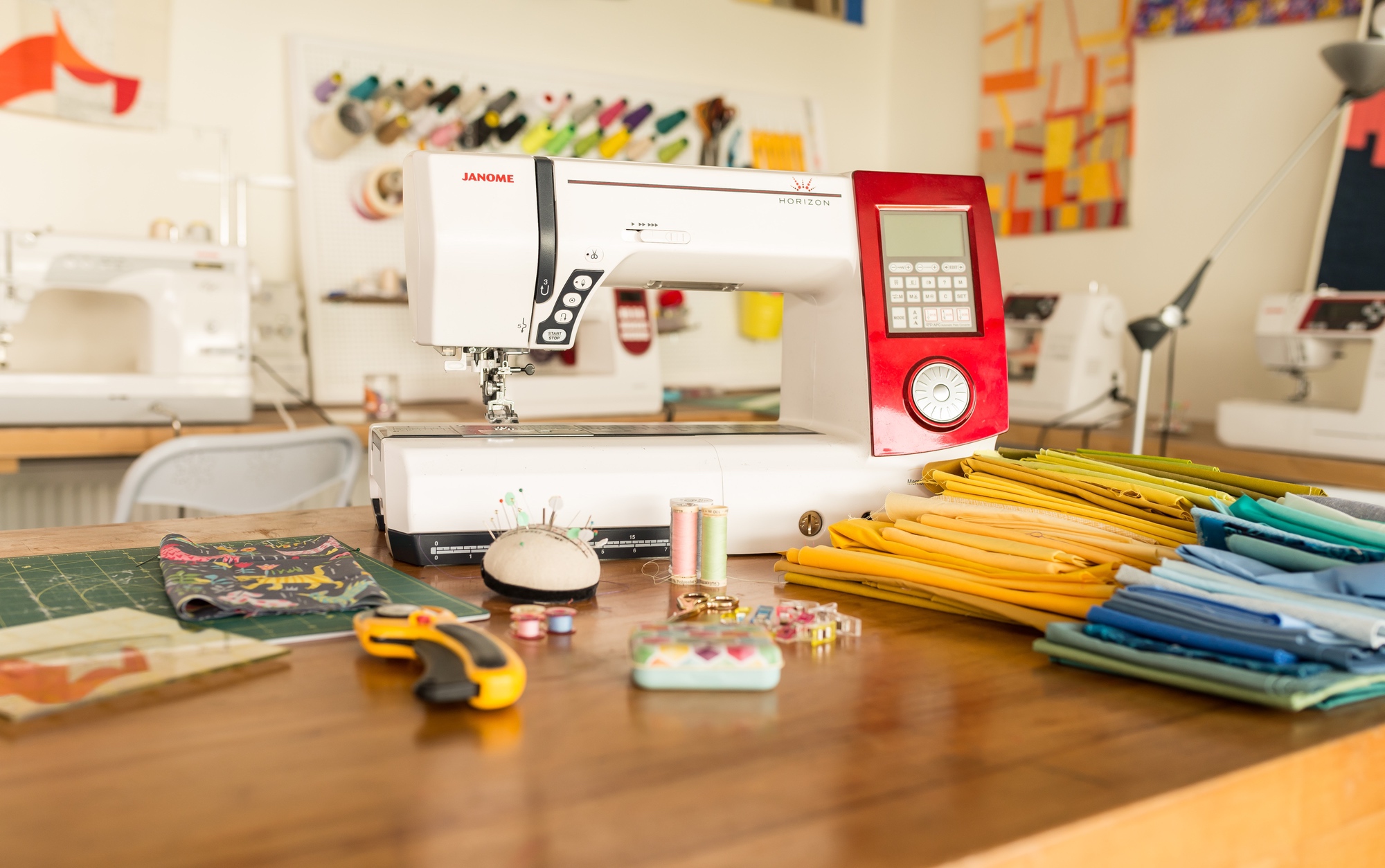Creativity does not happen in a vacuum, especially for quilters. There are certain habits that you can start doing every day that will help spark your creativity. In this article, we will look at ways that you can invite creativity into your daily routine. Creativity starts with nurturing our mind and creating an environment that helps nurture the craft. These different creative habits will let you create exciting and creating quilts as you take on new quilting projects.
Create An Environment That Nurtures Creative Quilting
One of the things that you can do to be creative when quilting is to create a space in your home that is dedicated to your craft. Many people might have a room in their home where they can sew. Others might have a section of their living room or bedroom dedicated to sewing. Leveraging that space will help you create beautiful quilts. Here are some considerations to keep in mind:
- Organize and Store Your Quilting Tools: You might want to consider hanging quilting rulers on hooks near your quilting table and storing things like markers and scissors in a tote that are within reach.
- Store Your Favorite Patterns: Many people have their favorite quilting patterns on hand in a 3-ring binder. You might also want to keep downloadable patterns on a thumb drive and in hard copy format in a cardboard magazine holder.
- Keep Your Favorite Quilting Magazine and Books On Hand: Keeping these items handy in a convenient location will help you look up favorite patterns and give you a source of inspiration for future projects.
- Respect the Space: Make sure that your quilting room has adequate sunlight, a good sound system if you want to listen to music while you quilt, and make sure that your space is dedicated to your craft.


Make a Journal For Your Quilting Projects
Composers often jot down their musical ideas in a sketchbook. Many writers will often start writing character sketches before they work on a novel. The same type of journaling approach can help generate more creativity in your quilting. After taking a quilting course, you might want to take a few moments to jot down or draw unique patterns that come to mind right away. You can also use a journal to evaluate whether or not a particular idea that you have in your head might work on a quilt.
Lastly, the most important type of journaling technique for quilters is to keep track of projects that have been completed over the years. You might want to record ideas such as start/finish dates, pattern and designer name, fabrics and materials used, and other information that can help you reflect on the great works that you create over the years. A journal for your quilting projects will help you if you need future inspiration for projects.


Develop a Routine For Quilting
Many musicians will set aside a block of time each day to practice. They might practice a particular passage of music over and over again until it is perfect. The same applies to quilting. Each day, set aside a certain amount of time for quilting. It might be as small as thirty minutes or as long as an hour or more. When quilting, you might want to work on a particular pattern that is going to be part of a larger quilt.

Take a Quilting Course
Sometimes, a quilting course can be inspirational when wanting to learn new sewing techniques. Some of the techniques that are presented in an online quilting course will help nourish new ideas. Whether or not it is a new color, pattern, or technique, quilting courses can help you learn new things for the next project you undertake.
Remember Why You Love to Quilt
Many people pick up quilting as a hobby. Some people take up quilting for more personal time, mental health, or to expand their horizons. Other people have taken up quilting over the years because it was a natural extension of their favorite hobby, sewing. Quilting can be a confidence booster, helps with concentration and relaxing, and allows you to nourish your artistic side.
At the end of the day, research has shown that quilting can be beneficial for your emotional wellbeing. The Journal of Public Health has shown that quilting helps with cognitive, creative, and emotional wellbeing for people of all ages.
Interact With People Who Share a Love For Quilting
Social media is a great way to interact with people who love sewing and quilting. Facebook is a great place to find groups where people share and receive feedback on their crafts. Many people also share their work on platforms like Instagram and Pinterest. Another great way to share your craft is to interact with family and friends who also share an interest in quilting and sewing. Here are some additional ideas for interaction with people who have a love for quilting and sewing:
- Find quilt-alongs where you can practice and learn different quilting techniques that modern quilters are trying.
- Quilt guilds are a great way to connect with people who love quilting.
- Find quilt groups or quilting retreats where a large number of people are working on the same project. Websites like quiltersresources.com have a list of quilting retreat centers as the craft has become more popular in recent years.

Other Creative Habits for Quilters
Outside of quilting, there are many different creative habits that can help nourish your quilting skills. Painting is a great way to explore colors and shapes that you could potentially use in some of your quilts. Listening to music can also nourish creativity. Yoga and meditation are also healthy habits for before or after an intensive session. No matter what you do, nourishing your creative habits and learning new quilting techniques will help you to grow your craft.



